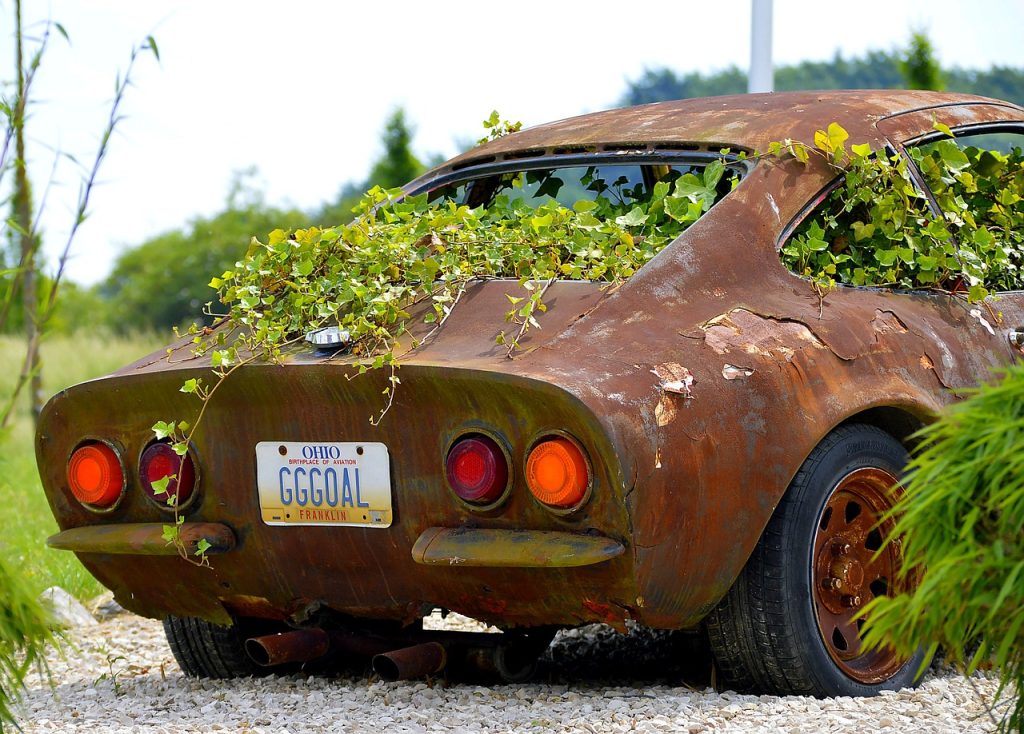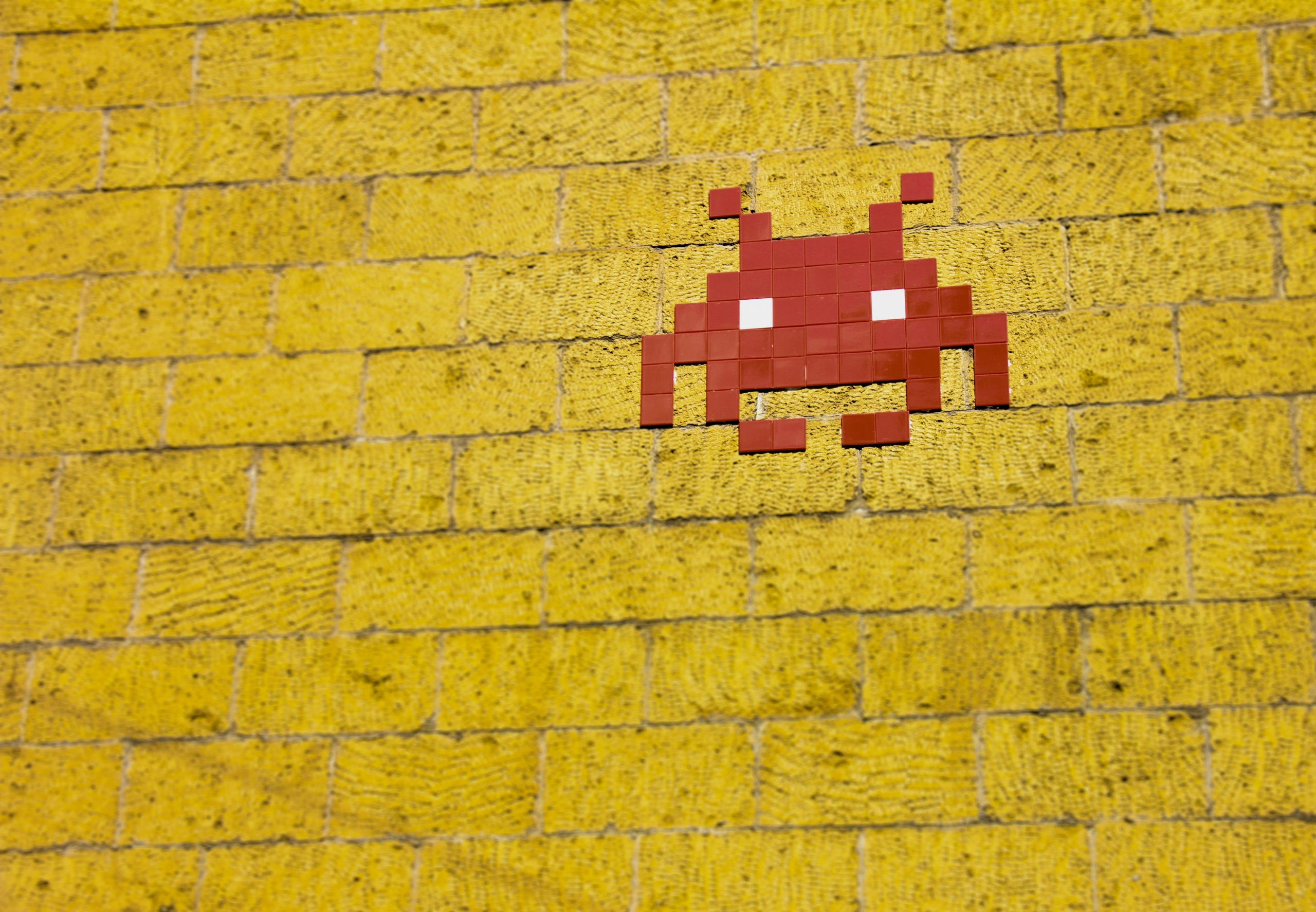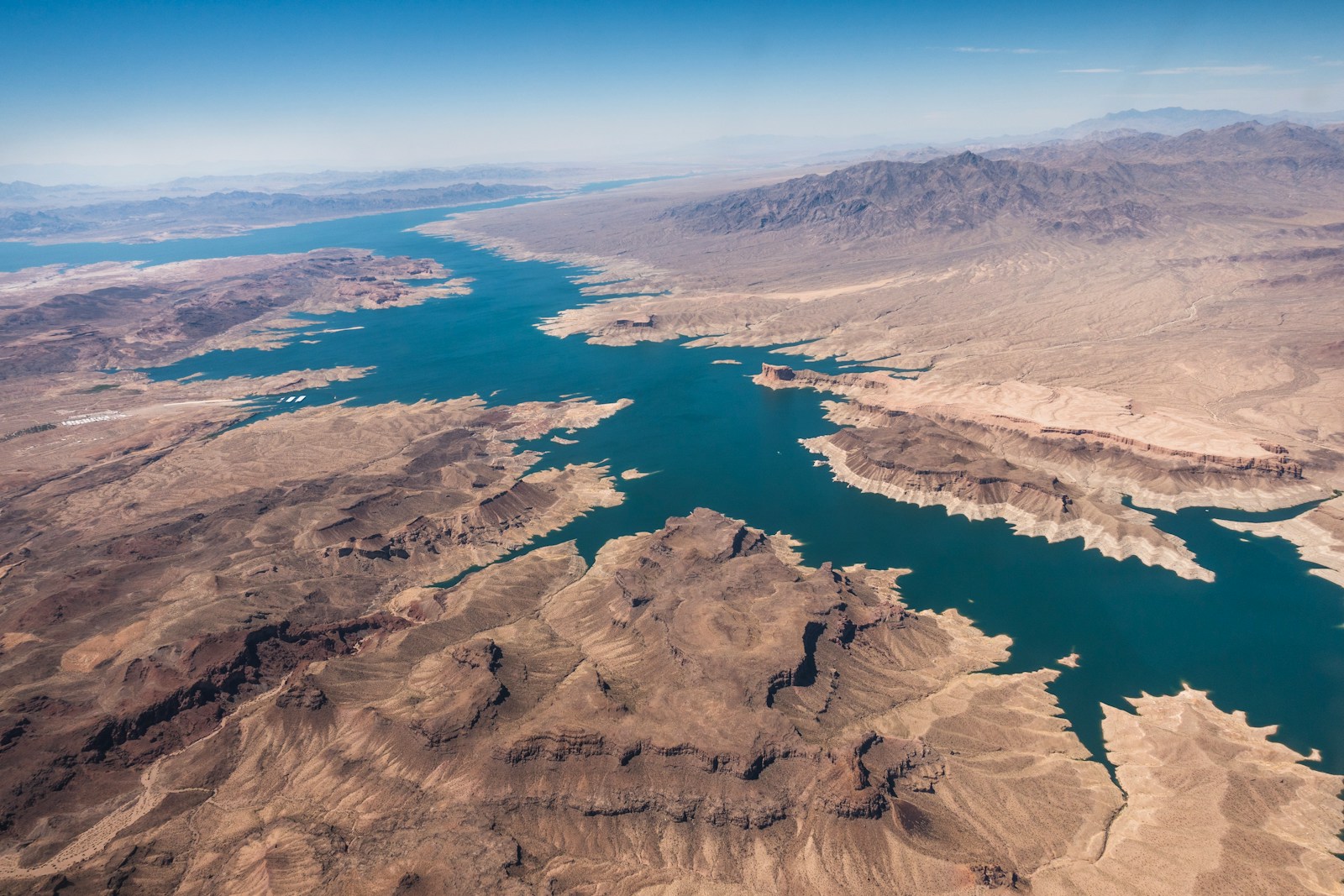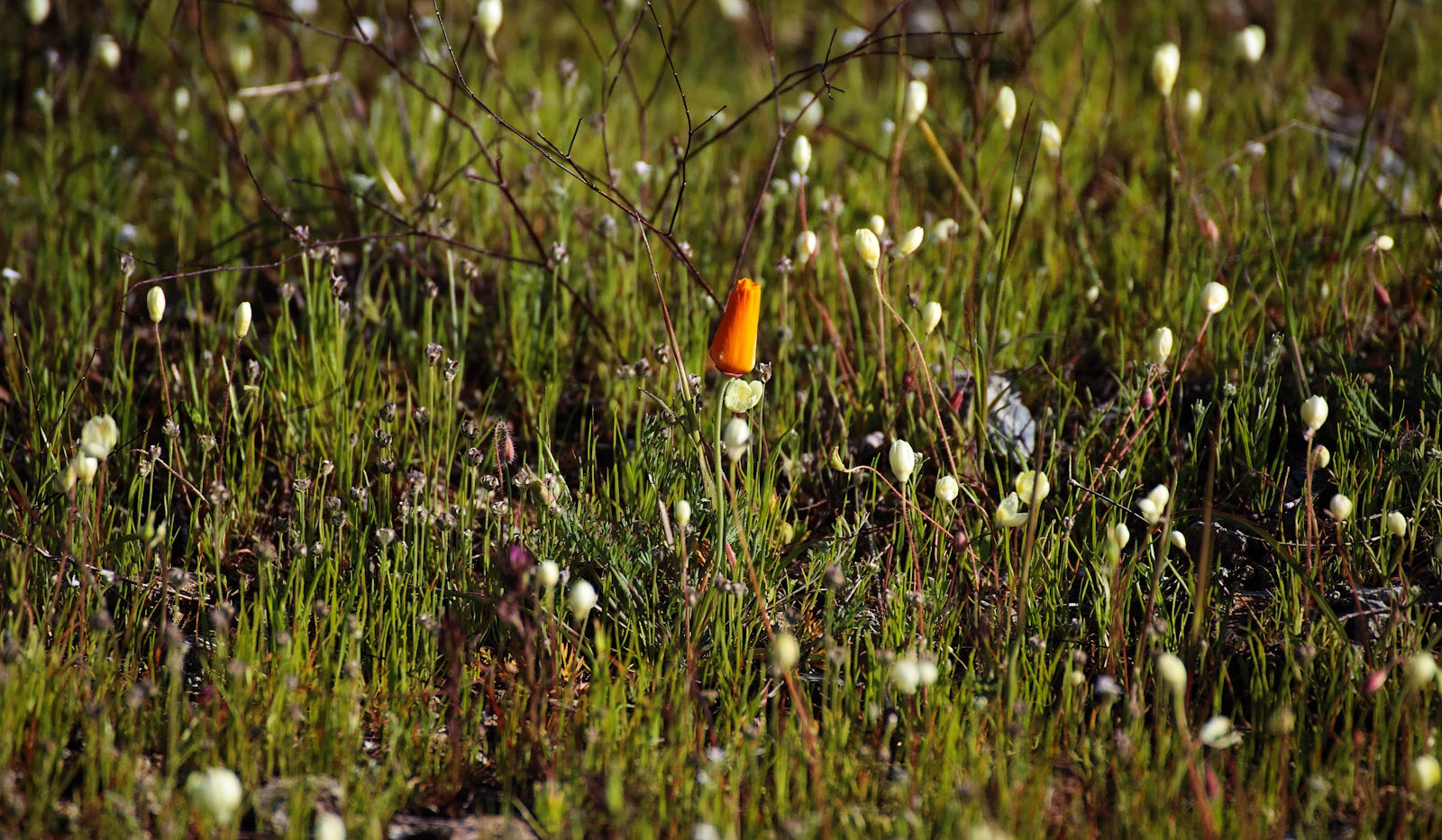Table of Contents
ToggleIntroduction
Invasive species, also known as alien species, are plants, animals, or microorganisms that are not native to a particular ecosystem and cause harm to the environment, economy, or human health. These species are capable of spreading rapidly and out-competing native species, leading to biodiversity loss and ecosystem degradation. As the global movement towards sustainability gains momentum, it’s crucial to understand the impact of invasive species and how to address the threat they pose to our planet.
Impact of Invasive Species on Sustainability
Biodiversity Loss
Invasive species often displace native species, leading to a decline in biodiversity. When invasive species are introduced into a new environment, they often lack natural predators and competitors, allowing them to reproduce and spread rapidly. As they spread, they displace native species and disrupt the balance of the ecosystem. This can lead to a decline in the number of native species, which can have a domino effect on the ecosystem, altering food webs and altering the distribution of nutrients.
Ecosystem Degradation
Invasive species can cause significant changes to the physical structure of an ecosystem. For example, invasive plants can alter soil chemistry, leading to changes in nutrient levels and affecting the growth of native plants. Invasive species can also alter the flow of water and the structure of aquatic ecosystems, which can have impacts on water quality and availability.
Economic Costs
Invasive species can have significant economic costs, affecting agriculture, forestry, and other industries. For example, the spread of invasive species in agriculture can lead to crop loss, increased pest control costs, and decreased crop yields. Invasive species can also impact the tourism industry, affecting the beauty and enjoyment of natural areas.

Preventing the Spread of Invasive Species
Early Detection and Rapid Response
Early detection and rapid response are one of the most effective ways to prevent the spread of invasive species. By detecting and removing new invaders quickly, before they have a chance to establish themselves, we can reduce their impact and prevent them from spreading. This can be done through monitoring programs, early warning systems, and regular inspections of imported goods.
Biosecurity Measures
Biosecurity measures are the measures used to prevent the introduction and spread of invasive species. This includes measures to prevent the accidental introduction of invasive species, such as restrictions on the import of certain species, and measures to prevent the spread of invasive species, such as the implementation of quarantine procedures.
Control and Management
Once invasive species have been introduced, it can be difficult to control and manage their spread. Effective control and management strategies can include physical removal, chemical treatment, biological control, and habitat modification. These strategies should be used in combination and should be tailored to the specific invasive species and ecosystem.
Conclusion
Invasive species pose a significant threat to the sustainability of our planet. They can cause biodiversity loss, ecosystem degradation, and significant economic costs. To address the threat, we must work together to prevent the introduction and spread of invasive species through early detection and rapid response, biosecurity measures, and effective control and management strategies. By taking action now, we can protect our planet for future generations.







